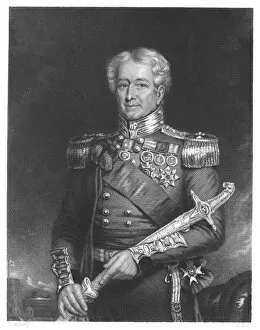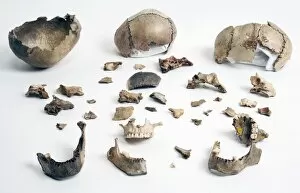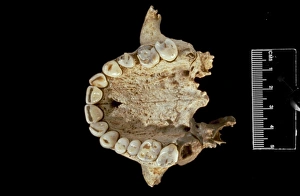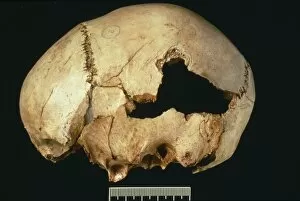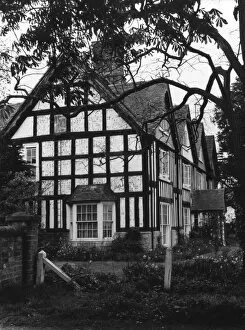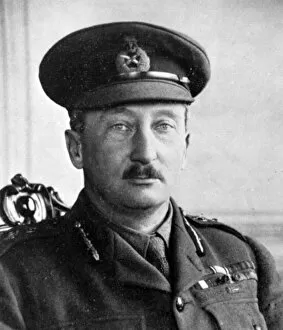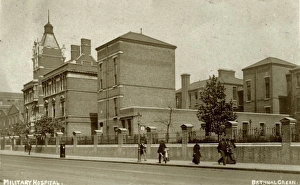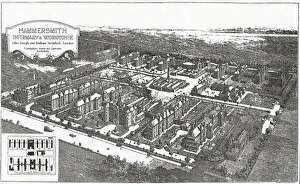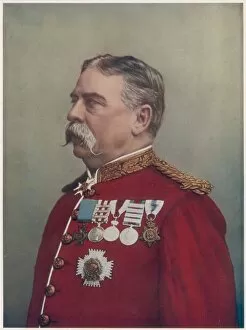Gough Collection (page 4)
"Gough: A Name Carved in History and Sporting Legends" From the Battle of Sobraon in 1846 to the Bethnal Green Military Hospital in East London
All Professionally Made to Order for Quick Shipping
"Gough: A Name Carved in History and Sporting Legends" From the Battle of Sobraon in 1846 to the Bethnal Green Military Hospital in East London, the name Gough has left an indelible mark on various significant events. The spire of St. Matthew's at Denmark Hill, London stands tall as a testament to this enduring legacy. In the realm of sports, names like Sam Bewley, Westley Gough, Marc Ryan, and Jesse Sergent Sam have become synonymous with excellence and determination. Their unwavering commitment has propelled them to great heights. Ian Gough is another notable figure who has made his mark both on and off the field. His contributions have not only shaped sporting history but also inspired countless individuals along the way. Darren Gough's celebratory moments after taking wickets are etched into our memories forever. His infectious enthusiasm captivated fans worldwide as he showcased his exceptional skills time and again. Michael Gough's presence on cricket fields brought a sense of authority and fairness. As an umpire, he ensured that every match was played with integrity while upholding the spirit of fair play. Gough's impressive attempts at run-outs against Klusener or bowling out Pollock displayed his sheer talent and precision on the cricket pitch. These iconic moments will forever be remembered by cricket enthusiasts around the globe. The camaraderie between Darren Gough and Pakistan fans exemplified how sport can bridge cultural divides. Their shared passion for cricket united them beyond borders, creating lasting friendships amidst fierce competition. Steve Harmison alongside Darren Gough formed a formidable duo that struck fear into opposing teams' hearts. Their partnership showcased teamwork at its finest - two individuals working together seamlessly towards a common goal. Darren Gough's ability to adapt over time demonstrated his versatility as an athlete. From changing strategies to evolving techniques, he remained one step ahead throughout his illustrious career.

